When Harry Styles stepped onto the red carpet at the 2019 Met Gala wearing a sheer, ruffled Gucci blouse and a single pearl earring, he didn’t just turn heads — he shifted the conversation. Gone was the boy band uniform of skinny jeans and graphic tees. In its place stood a man blurring boundaries, redefining masculinity, and wearing it all with effortless charm. This wasn’t a one-off look — it was the beginning of a fashion evolution that would put Styles at the center of a cultural style renaissance.
In just a few years, Harry Styles has become one of the most influential figures in contemporary fashion. From gracing the cover of Vogue in a dress to launching his gender-neutral beauty brand, Styles isn’t just wearing clothes — he’s shaping the industry. And while fans may adore his music, it’s his wardrobe that’s turned him into a modern icon.
This article unpacks how Harry transformed from pop idol to high-fashion heavyweight — and why the fashion world isn’t just watching, it’s following.
More Than a Pretty Face: Harry Styles’ Role as Gucci’s Muse
It wasn’t just the lace blouses, velvet tailoring, or the ever-present pearl necklace — it was the attitude. When Harry Styles became the unofficial face of Gucci in the late 2010s, it felt like the collision of two creative forces that had been circling each other for years. Both were flamboyant. Both were unapologetically maximalist. And both were ready to dismantle outdated ideas of what men could wear.
At the heart of this symbiosis was Gucci’s then-creative director, Alessandro Michele, who saw in Styles not just a celebrity, but a co-conspirator. Their collaboration peaked with the Gucci Ha Ha Ha campaign in 2022 — a whimsical, romantic collection born from the duo’s real-life friendship (the campaign name even nods to their shared initials and laughter). The visuals were pure theater: Styles in tailored kilts, oversized checks, and velvet suits, all styled with the playfulness of a Wes Anderson scene. No other modern musician could’ve embodied it quite like him.
“Harry has an incredible sense of fashion,” Michele once said. “He’s experimental, yet confident — a modern dandy with soul.” Together, they didn’t just sell clothes; they challenged fashion’s gender binary, invited young men to wear pink with pride, and elevated eccentricity to high art.
This partnership wasn’t a branding move — it was a cultural statement. Styles gave Gucci a new kind of relevance, especially among Gen Z and LGBTQ+ fans, while Gucci offered him the perfect canvas for sartorial rebellion. In the ever-evolving world of luxury fashion, it’s rare to see a celebrity-brand alliance feel this personal, this genuine, and this impactful.
His Gucci work is just one chapter in his full financial evolution from 1D to solo icon.
Beyond Gucci: The Strategic Brilliance of His Brand Collaborations
What makes a Harry Styles brand partnership stand out isn’t just the product — it’s the aura. Whether it’s a surprise merch capsule or his gender-neutral beauty line, Pleasing, every release feels more like a carefully curated moment than a traditional celebrity drop. There’s a reason fans don’t just buy his products — they collect them, post unboxings, and build entire aesthetic identities around them.
Take Pleasing, for example. It doesn’t scream “Harry Styles” on the label, but it whispers his essence: fluid, romantic, unexpected. From iridescent nail polish names like “Perfect Pearl” to campaign photos filled with soft light and botanical surrealism, the brand channels his style without becoming a caricature of it. It’s not a vanity brand — it’s a vibe-driven experience that rewards emotional buy-in.
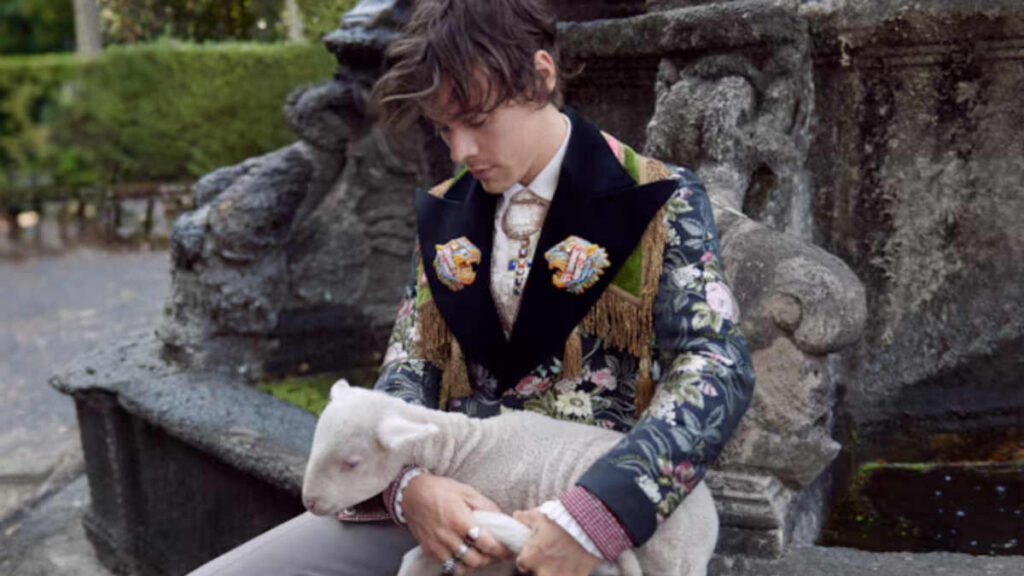
Unlike many celebrity ventures, Styles doesn’t oversaturate the market. There’s intentional scarcity, minimal promotion, and a focus on narrative over scale. Each product drop feels like a secret passed between fans — more zine than billboard. This quiet, slow-burn approach builds trust and deepens engagement, positioning Styles not just as a face of fashion, but as a co-author of culture.
To understand how these partnerships fit into the bigger picture, explore his income from touring, acting, and music royalties.
How Much Does a Face Like That Earn? Modeling Income & Endorsement Breakdown
While Harry Styles isn’t a model in the traditional sense, his face — and more importantly, his image — is one of the most commercially powerful in luxury fashion today. Though exact figures are kept hush-hush, industry insiders estimate that major fashion house ambassadors like Styles can command anywhere from $1 million to $8 million per year, depending on campaign scale, exclusivity, and global influence. Gucci, which has worked with him repeatedly since 2018, likely places him toward the higher end of that bracket.
To put it in context: fellow Gucci collaborator Jared Leto and Dior’s past ambassadors like Robert Pattinson operate in similar financial territory, while top-tier supermodels like Kendall Jenner may earn $10M+ annually across multiple brands. But where Harry stands apart is in brand resonance — he doesn’t just wear the clothes, he shapes the aesthetic. That influence can’t always be priced in dollars, but for luxury labels chasing relevance among younger, more fluid audiences, it’s worth every cent.
And unlike one-off endorsements, Styles’ long-term partnerships build real equity — the kind that transforms him from face-for-hire into fashion folklore.
While his fashion earnings are significant, they’re just one part of Harry’s $140M net worth strategy across music, touring, and business.
The Art of Dressing Loudly: A First-Person Lens on Why His Style Resonates
I remember the first time I saw Harry Styles in that blue Gucci suit — the one with the flared trousers, floral embroidery, and a soft pink shirt peeking out from beneath. It wasn’t just stylish. It was audacious. Feminine. Joyful. And somehow, completely unbothered by the gaze that might try to define it.
That was the moment I realized his fashion wasn’t just performance — it was permission.
For people like me, who never quite felt at home in rigid gender codes, Styles’ wardrobe is more than a celebrity’s closet. It’s a roadmap for self-expression. The pearl necklaces, the ballet flats, the sheer blouses — they don’t scream rebellion, they whisper liberation. He dresses loudly, but with tenderness, like he’s letting us in on a secret: that clothing doesn’t have to follow rules to feel right.
Harry Styles doesn’t just wear gender-fluid fashion. He makes it feel like home.
And in the celebrity wealth rankings, how his wealth stacks up against Zayn Malik and other peers reveals even more contrast.
How Harry’s Net Worth Stacks Up in the Fashion-Forward Celebrity Set
Harry Styles’ estimated net worth sits around $140 million — impressive by any standard, especially considering the bulk of it comes from music and touring. But when viewed through a fashion lens, his income profile looks very different from many of his celebrity peers.
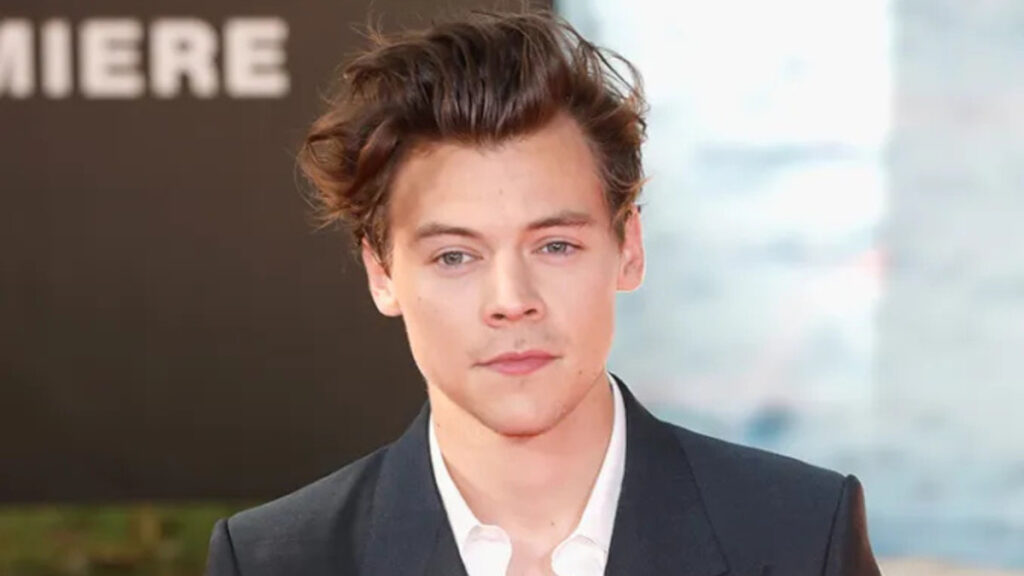
Unlike Rihanna (Fenty Beauty, part-owned through LVMH) or Pharrell (Billionaire Boys Club, now Louis Vuitton Men’s Creative Director), Harry hasn’t built a fashion empire in the ownership sense — at least not yet. His brand, Pleasing, is a boutique venture rather than a global behemoth. But what he has done is redefine the power of aesthetic influence. Where others rely on equity stakes, Harry monetizes image, scarcity, and cultural capital.
| Celebrity | Fashion Role | Fashion-Related Wealth |
| Rihanna | Founder, Fenty (LVMH) | $1.4B (Forbes) |
| Pharrell | LV Creative Director | $250M |
| Zendaya | Ambassador, Valentino, Lancôme | $30M |
| Harry Styles | Gucci muse, Pleasing founder | $140M+ |
While he may not be in billionaire territory, Styles’ fashion persona earns him something just as valuable: cultural permanence. And in a luxury market chasing authenticity, that may be the most bankable asset of all.
Legacy in the Making: Fashion Influence That Transcends Trends
Harry Styles may not have a fashion house with his name on the label, but his influence is stitched into the fabric of modern menswear. From red carpet events to TikTok styling videos, his sartorial choices have sparked a wave of imitation — not just among fans, but among fellow celebrities and emerging designers alike.
He’s helped normalize skirts on men, pearl necklaces with tailoring, and pastel suits as power moves. His Vogue cover in a dress wasn’t just a milestone — it was a statement that fashion’s future is fluid, fearless, and less confined by gender norms. Style authorities have taken notice too, with Styles winning British Fashion Awards’ Style Icon in 2020 and topping best-dressed lists from GQ to Esquire.
Even without a namesake label, his aesthetic has become its genre — a blend of retro romanticism and soft masculinity that feels uniquely his. Legacy in fashion isn’t always measured by logos. Sometimes, it’s measured by how many people dare to dress a little braver because of you.
His off-stage empire includes his growing real estate portfolio across London and LA, signaling a larger financial strategy.
A Star Dressed for More Than the Stage
Harry Styles doesn’t just wear fashion — he bends it into something softer, stranger, and more expansive than the industry often allows. His influence isn’t confined to runways or campaigns; it’s reshaping the lens through which we view celebrity, gender, and personal expression.
Whether he ever launches a full-scale fashion label or not almost feels beside the point. In many ways, Styles is already bigger than the brands he wears — a walking moodboard for a generation that’s dressing with more fluidity and freedom than ever before.
If fashion is a language, Harry’s fluent — and rewriting the script in pearls, polish, and unapologetic flair.
Nishant is a digital strategist and celebrity finance analyst with over 15 years of experience in SEO-driven content. As Founder of TheNetWorths.com, he creates high-authority profiles on wealth, branding, and cultural influence.
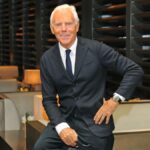
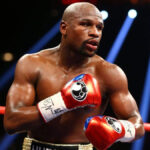






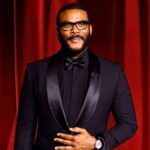






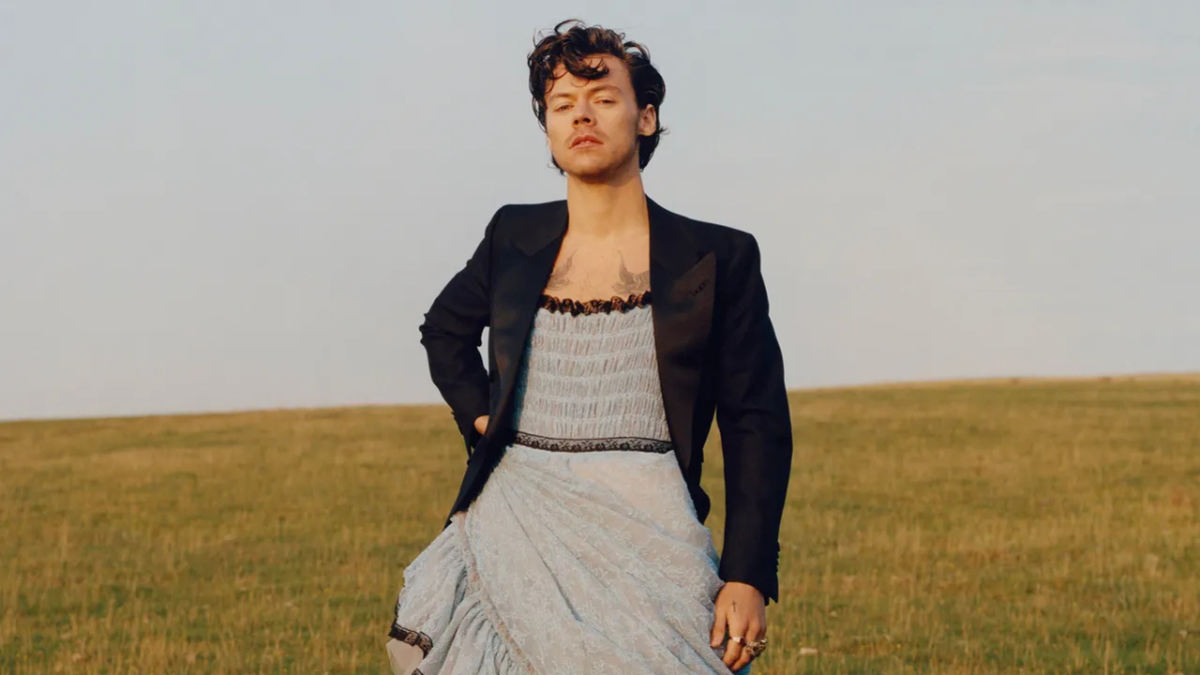

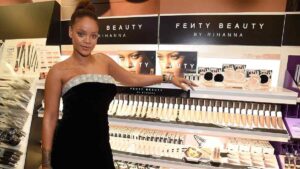

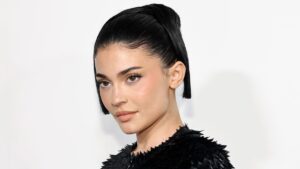
3 thoughts on “Harry Styles Fashion Empire: Gucci Deals, Brand Collaborations & Modeling Income”